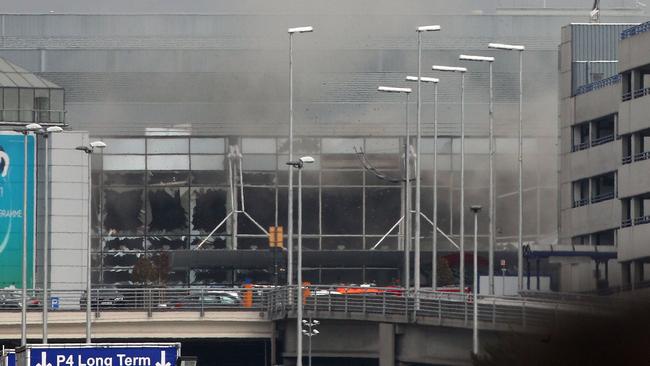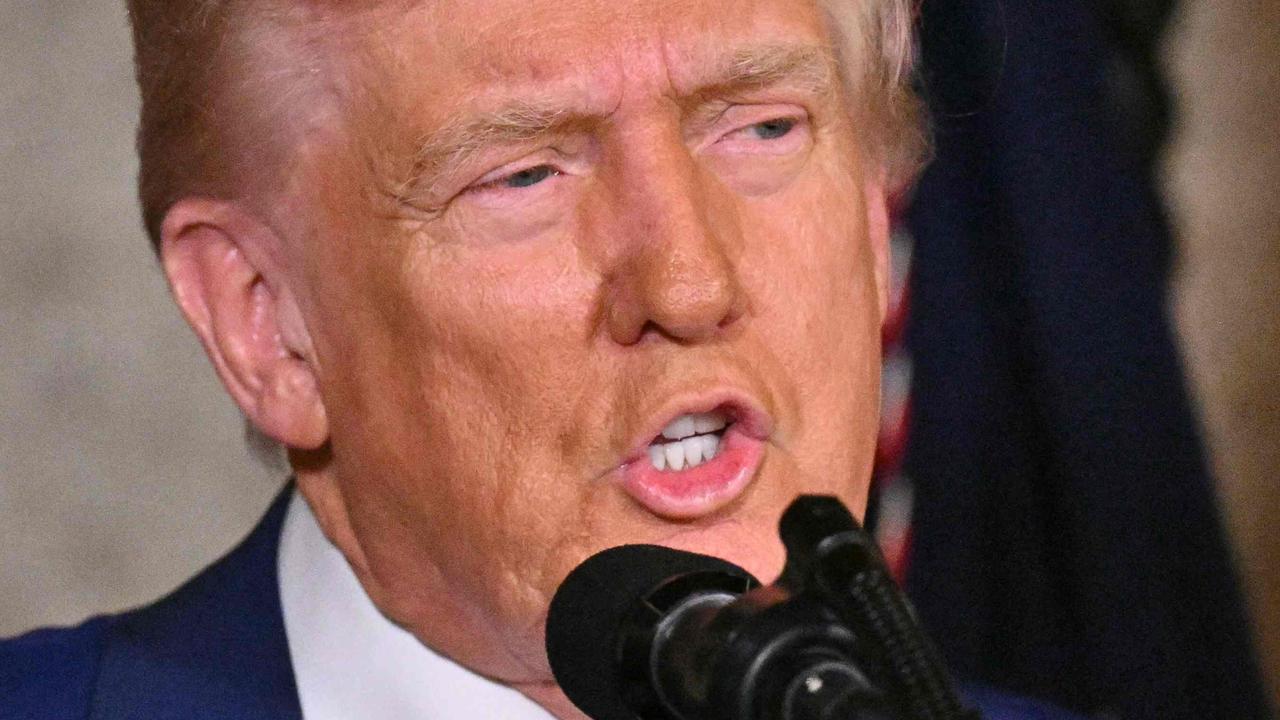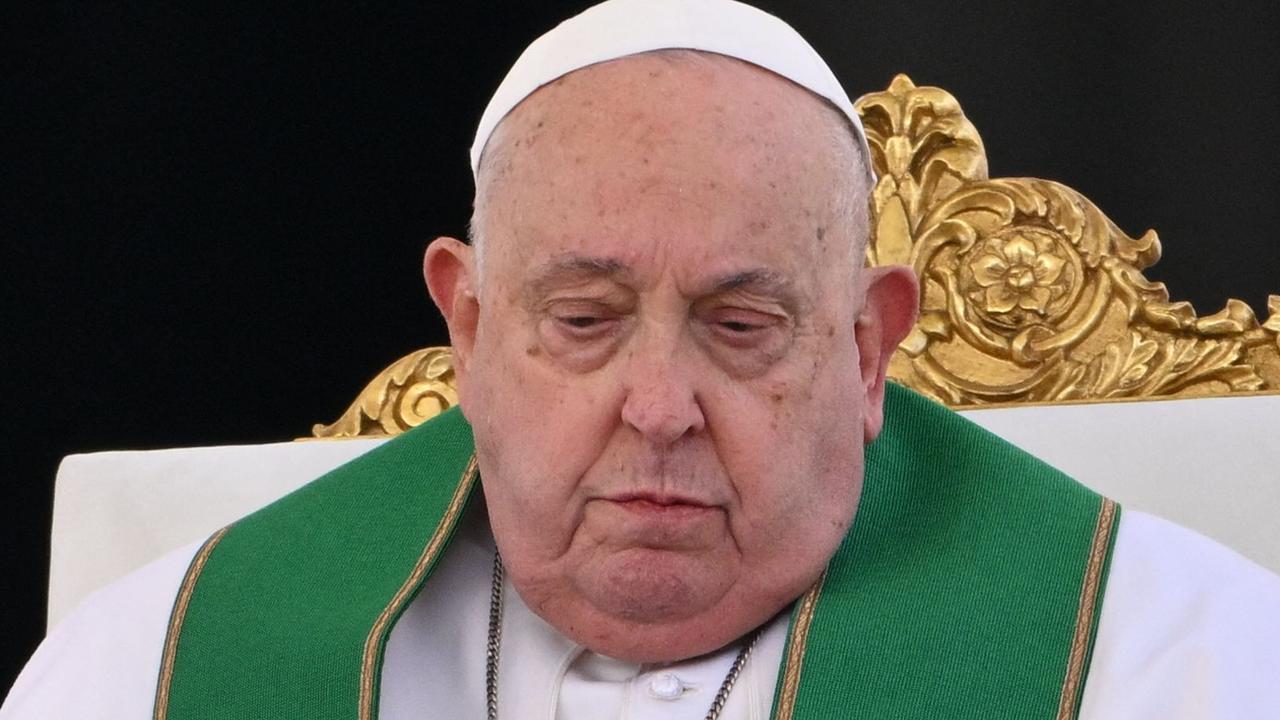Brussels attacks suspects: Were men wearing one glove each behind airport terrorist explosions?
THE two men seen on CCTV footage from Brussels airport are wearing gloves on one hand. Was this a crucial clue?

THE two men pictured on CCTV footage at Brussels airport can each be seen wearing gloves on one hand, which experts suggest could have been to conceal triggers to the explosives.
Belgian police released CCTV footage of three men they believe are the main suspects in this morning’s terror attack at Brussels airport.
The photo shows suspected ISIS suicide nail bombers calmly walking through the airport departure lounge pushing luggage trolleys.
Two men are wearing gloves only on their left hands, with a third man on the right of the picture now being sought by authorities.
The man to the right of the two suspects, wearing a white jacket and a hat, is thought not to have detonated his suicide belt and is now on the run, writes The Sun.
Catherine Herridge, chief intelligence correspondent for the Fox News Channel, said the gloves could have been used to conceal a detonator switch, attached or taped to an attacker’s hand. She told Fox News Insider this was often seen in suicide bombings.
She said it was called a “dead man’s switch,” because when a suicide attacker loses the grip on the switch, it sets off the detonation.
“So if they were shot and brought down, the bomb would still explode,” she said.
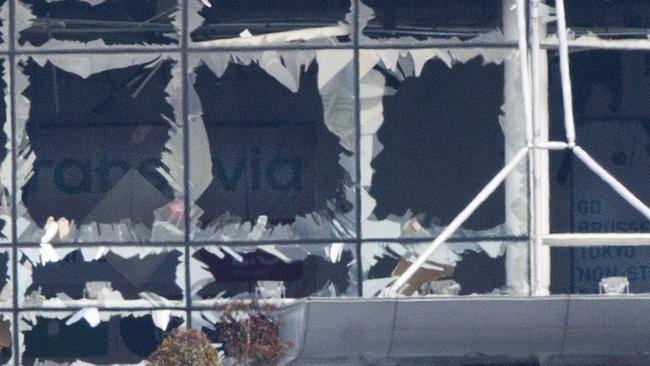
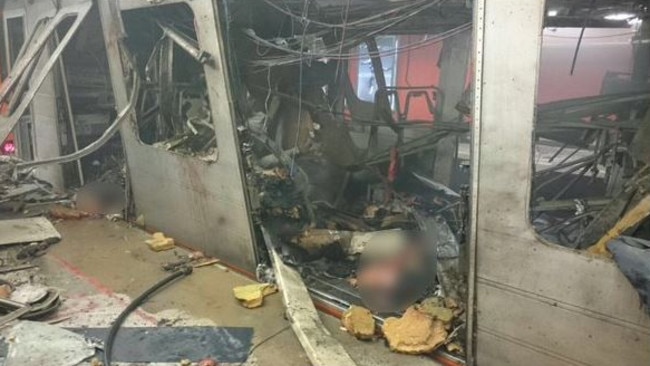
Raids are underway across Brussels after the terror attacks killed at least 34 people and wounded more than 250 on Tuesday morning.
Eyewitness accounts have described horrifying scenes inside the airport and train station hit by three bombs over a two-hour period during rush hour. Footage from inside shows people hiding behind luggage while others ran from the building.
Herridge said that if the suicide devices used in Brussels resembled those used in the Paris attacks in November, it would suggest a larger network of ISIS followers and operatives in Western Europe.
She said the focus of the investigation would now be on identifying the suspects through DNA, which would enable authorities to trace their network of contacts.
